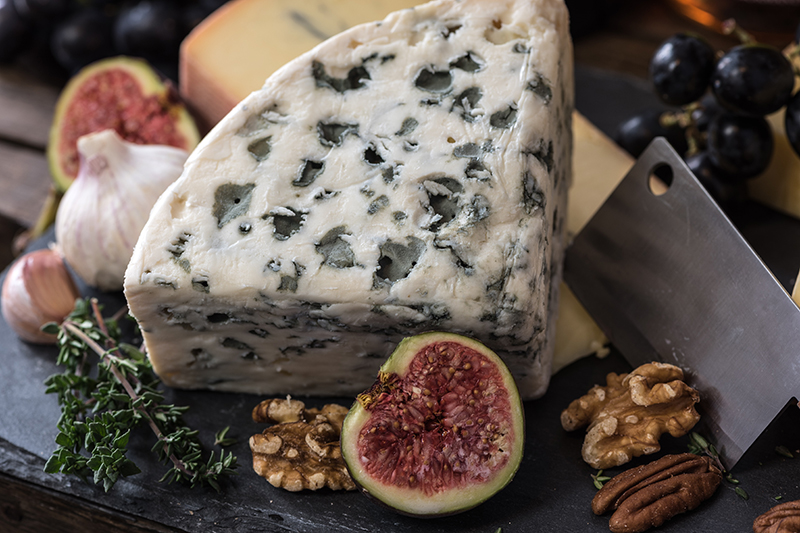Many self-proclaimed turophiles don’t know these 10 simple dos and don’ts when serving cheese. Whether you’re entertaining a few, or creating the perfect platter for two – how well do you really know your cheese serving etiquette?
The Ultimate Guide to Serving the Perfect Cheese Board

1. Cheese should be served at room temperature so that the full flavour of the cheese is relaxed. Cheese rinds should be left on the cheese when it is served
2. An impressive platter of cheese contains at least three cheeses, which vary in flavour and texture. The attractiveness of the platter will be enhanced if the form and shape of the cheeses vary
TOP TIP: Supply as many knives as there are cheeses!
3. Square cheeses (such as Pont l’Évêque) and wheel-shaped cheeses (such as Camembert) should be cut into wedges
4. Cylindrical and rectangular cheeses should be cut in slices
5. Wedges of soft, surface-ripened cheeses (such as Brie) should be cut in tapered slices

6. Wedges of blue-veined cheeses should be cut on the bias (45°)
7. Small goat cheeses should be cut in half, forming two half-moon shape
8. One should never cut the “nose” off a wedge of cheese, the story being it will bring you three years of bad luck. In reality, however, this is the ripest part of the cheese and it is deemed bad etiquette to take it for oneself
9. The term ‘fresh’ cheese refers to cheeses which are fewer than 60 days old. These are mild-tasting and highly perishable
10. ‘Aged’ cheeses are generally ones which have been aged or cured for more than six months. The flavour of an aged cheese is sharper and more pronounced
Want to know more?
Click here to learn some key facts and phrases for lovers of French cheese – perfect for impressing your guests at dinner!
 English
English
 Spanish
Spanish French
French German
German Norwegian
Norwegian Portuguese
Portuguese Swedish
Swedish Italian
Italian Russian
Russian Simplified Chinese
Simplified Chinese Japanese
Japanese